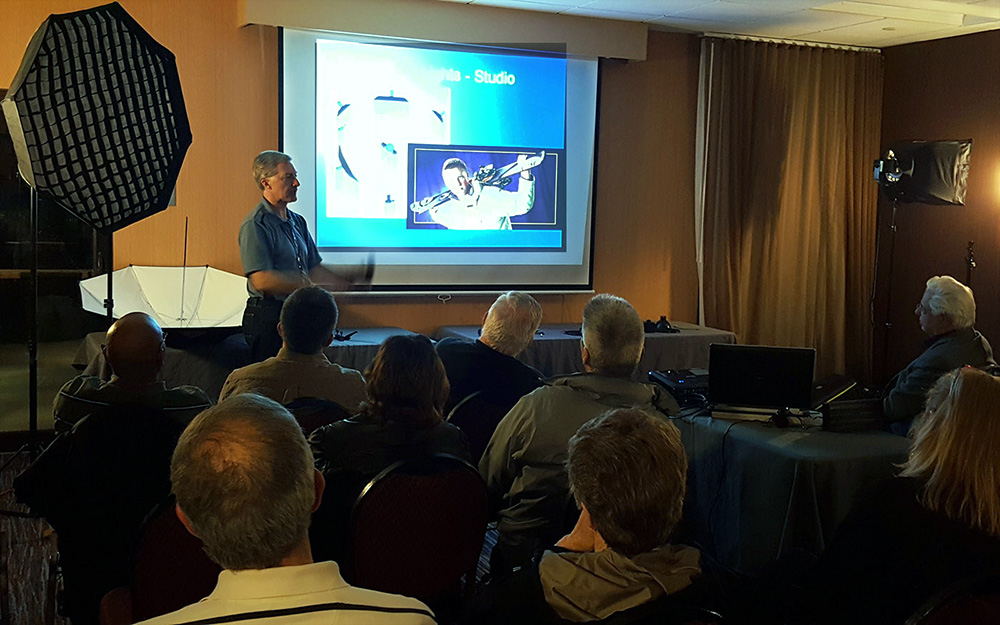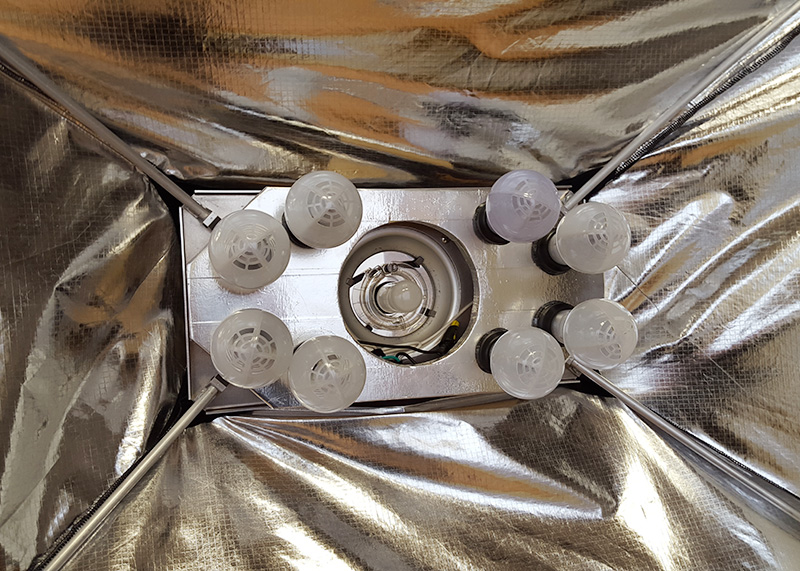It's been awhile since I've blogged, so I need to get back on the horse. I know blogs drive SEO and help business, but business has been so good, I haven't had much time to write and post.
Last Thursday I presented my photographic lighting program "One Light, Two Light, Red Light, Blue Light" to the Dutchess Regional Professional Photographers (DRPP) in Fishkill, NY. Here is the write-up that will go out with their President's Message. Writeup and photos of me provided by Steve Lynch, DRPP. Used with permission.
Patrick Luke, President of the Professional Photographers Society of New York State, (PPSNYS) gave an excellent presentation on Studio Lighting and also "On Location" lighting techniques using One Light, Two Lights . . . and up to Five Studio Lights with three reflectors.
His presentation was both informative and very entertaining. Although it was a bit lengthy - ending at about 9:45 PM . . . NO ONE left the meeting early! Pat specializes in photographing High School Seniors in the Rochester, NY area, and he said that he always interviews them beforehand to find out their likes and special interests - athletic sports team, or perhaps plays a musical instrument - and then he personalizes their photo shoot accordingly.
For example, one High School Senior was on the school's soccer team, and so Pat set up his "On Location" lights on the soccer field and then had the student's mother throw the soccer ball up in the air, and the Senior jumped up about 4 or 5 feet into the air, and did a "Scissor Kick" . . . and Pat looked at the back of his camera and said: "OK Perfect - GOT IT" ! ONE SHOT - Picture Perfect ! ! ! See photo attached - which was "Copiedright" without permission from Pat's Website.
To view a selection of Pat's High School Seniors and other portrait photos, go to his website: www.LukePhotography.com











